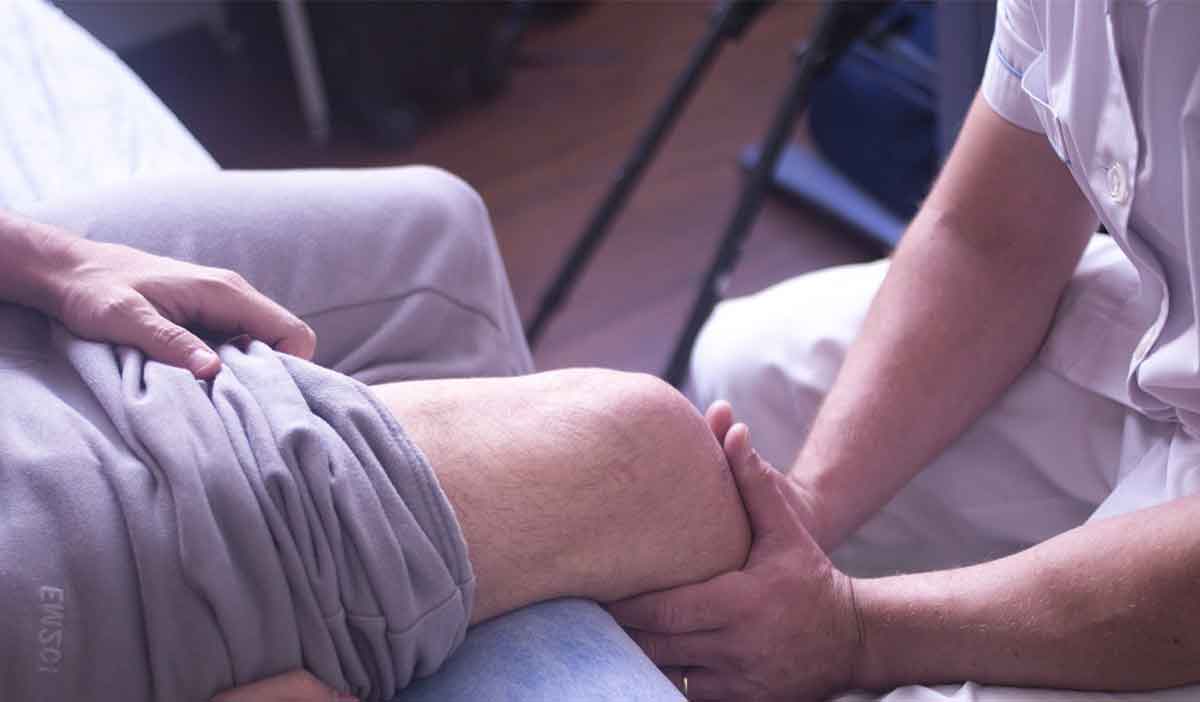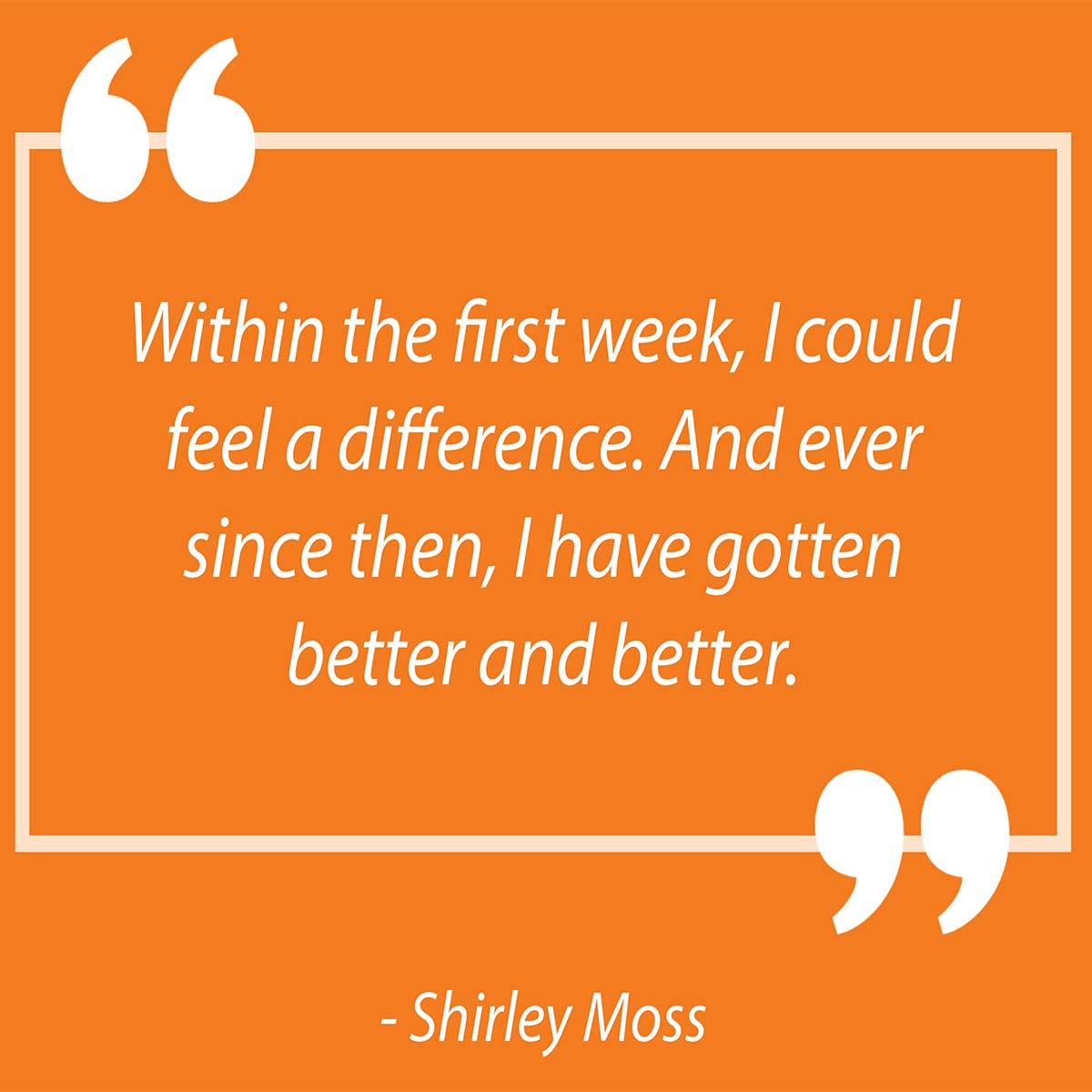In a lot of cases, spinning is a good thing.
The Earth, hula hoops, microwaves, washing machines, car tires, fan blades, Ferris wheels, and clock gears—all of these go round and round and round. But, your head? If it’s spinning, that’s the last thing you want.
Living with the unsteadiness and lightheadedness caused by vertigo is makes you feel off-kilter and uneasy.
The parts of your inner ear and brain that control your balance and eye movements are called the vestibular system. When they aren’t working together properly, it causes a condition that doctors call vestibular dysfunction, which includes symptoms like severe headaches, dizziness, frequent falls, neck stiffness, and imbalance.
Read on to learn how vestibular rehabilitation helps people develop, maintain, and restore maximum movement and function.
.jpg?width=1600&name=doctor-examines-patient-with-inner-ear-disorder%20(1).jpg)
Who should consider vestibular rehabilitation therapy
Over 35% of adults over age 40 have experienced vestibular dysfunction.
When left untreated, vestibular dysfunction can lead to serious harm and disability caused by falls due to dizziness and balance loss.
How to get started
After receiving a diagnosis of a vestibular disorder from a physician, patients are referred for this special form of rehabilitation designed to decrease dizziness, vertigo, and imbalance.
What happens during physical therapy treatment
Every patient’s rehabilitation program for treating vestibular dysfunction is customized around their needs in order to decrease vertigo, improve balance, grow endurance, and improve gaze stability by retraining the vestibular system.
A comprehensive exercise plan to help you function more confidently on your own and without feelings of vertigo may include a combination of the following:
- Functional training
- Balance exercises
- Patient education
- Home exercise program
- Habituation exercises
- Eye exercises
- Conditional exercises
Making changes to your diet can also improve vertigo, including taking steps such as eliminating foods rich in sodium, like potato chips and pickles. Nicotine constricts blood vessels, so smoking cessation may also be recommended as part of your plan to improve your vestibular rehabilitation therapy outcome.
Typical results of vestibular rehabilitation therapy
For most patients, this exercise-based treatment program will be the only care needed to resolve, manage, or significantly decrease your vertigo. For some, additional treatments may be required.
Discover how to start healthy habits after age 60
Individualized care for vestibular dysfunction
Logansport Memorial Hospital’s experienced team of doctors and physical therapists is committed to keeping you healthy, active, and feeling your best.
When you are experiencing blurred vision, dizziness, and other symptoms connected with vestibular dysfunction, we can help diagnose the issue and create a comprehensive, multi-disciplinary plan for recovery.
Learn about physical therapy services at LMH


